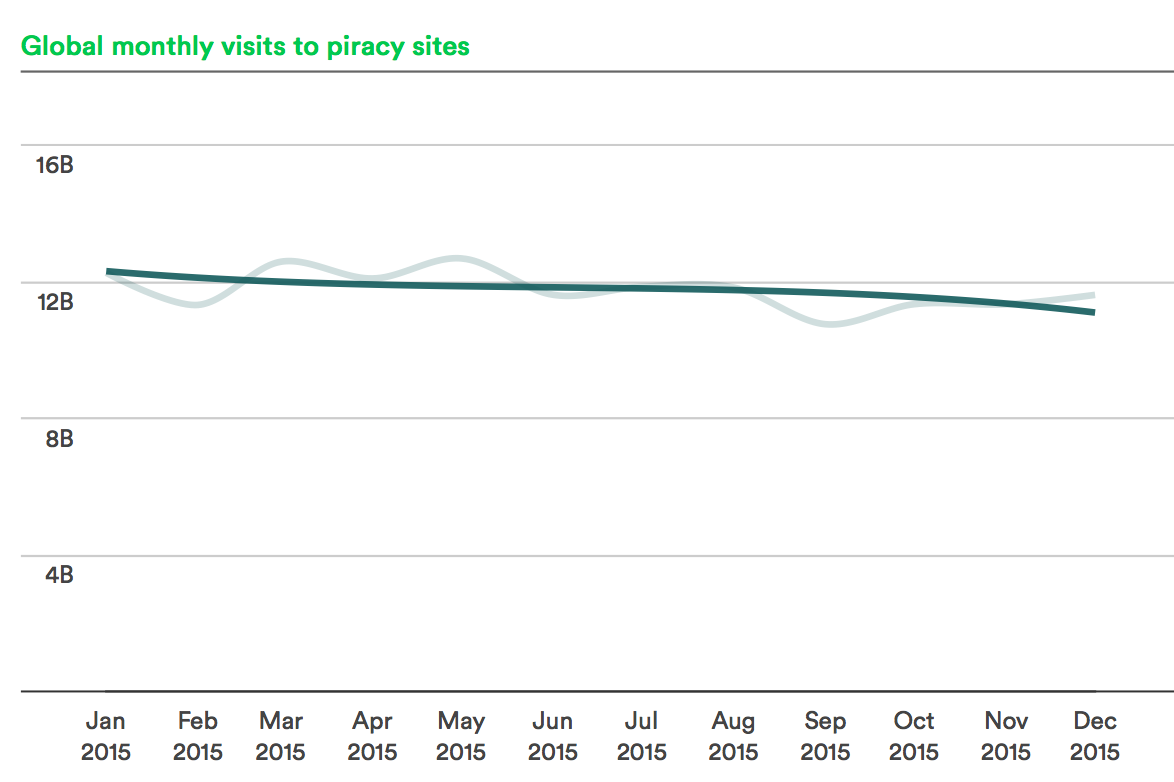
Twenty-eight per cent of all visits to piracy sites in 2015 were through mobile devices, according to Muso a provider of content protection, data analytics and piracy audience solutions. This is up by eight per cent during the year.
For its Global Piracy Insights Report 2015, the company analysed global traffic from 14,000 of the largest global piracy websites, comprising of over 141 billion visits to these sites.
During January 2015 to December 2015, 58 billion visits were to websites were to stream pirated film and TV content online, with 28 per cent tracked via mobile streaming piracy.
The company can also reveal, 2015 saw a 25 per cent rise in the use of YouTube ripper sites, used primarily for downloading mp3’s from YouTube music videos. The ripper piracy from mobile devices overtook piracy from desktop devices, growing by 46 per cent last yea per cent of all visits to piracy sites for music content.
Despite these changes in behaviour, overall piracy levels remained relatively static throughout the year, with a five per cent overall decline.
Many developed countries like the UK and US saw a significant decrease in streaming piracy, which is likely to be due to legal music and video streaming services such as Spotify and Netflix. However, streaming piracy is not reducing in all countries and there are many examples of major music, film, and TV markets where this category of piracy is still on the increase.
Andy Chatterley, CEO at MUSO said, “The Global Piracy Report is hugely valuable to right holders and for the first time looks at all forms of piracy traffic and not just p2p usage. In understanding the scale and mechanism of the audience we can be better informed to re-connect this audience to legal content.”







